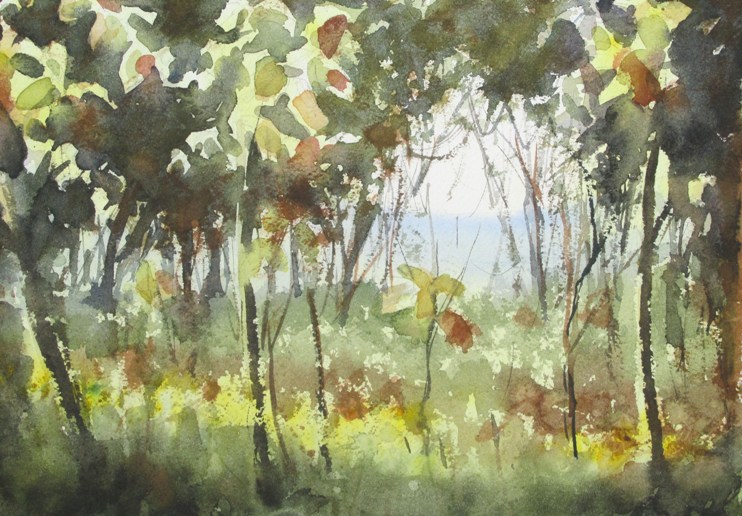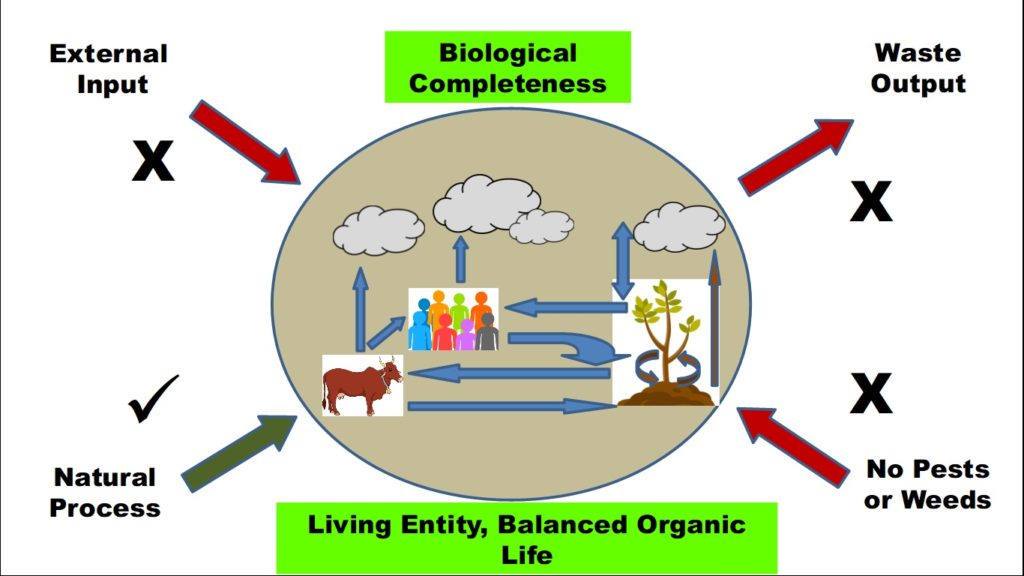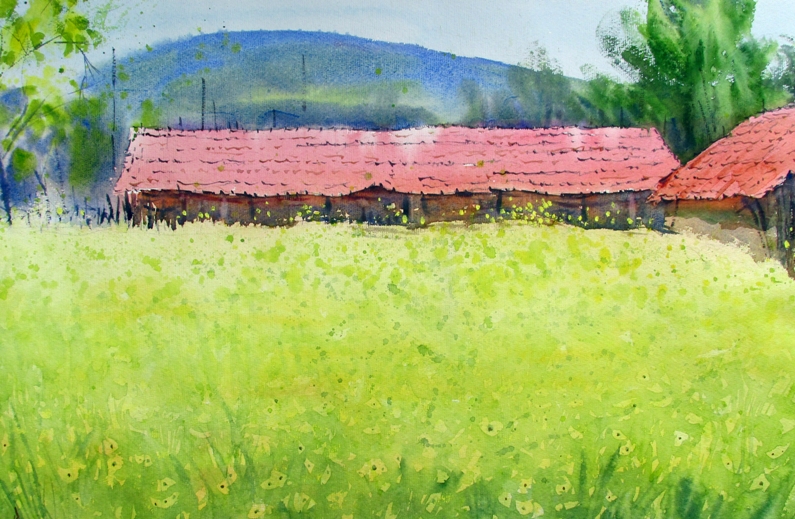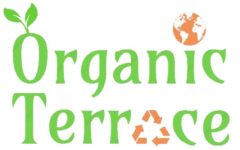Organic Farming is the ‘in’ thing. Everyone is talking about it and many want to become an Organic Farmer themselves. Even movie stars are into it now. There are separate racks in stores for organic produce and even certain beauty products are being labeled as organic now. There are multiple ‘free’ organic farming webinars being offered on social media on a daily basis. Though not very common, but still business models are being sold based on organic farming. Art projects are being developed based it (though I wont call them Art projects). Even I have used this term in my book and video course titles. But the day I heard someone call hydroponic as organic agriculture it broke my heart. With such loose use of this phrase I thought it was time to ponder about ‘What is Organic Farming Anyway”!
Get Our Organic Gardening Video Course at an Offer Price of Rs 1599/- this May. Use Code SUMMER21 or Click Here to go directly to the Offer Page
Common Understanding of Organic Agriculture
It was time to do a Google search for ‘what is organic farming’ and in general I found the definition of Organic farming to be more or less similar in most of the search result. Here are some examples.
United States Department of Agriculture
“Organic farming is a system which avoids or largely excludes the use of synthetic inputs (such as fertilizers, pesticides, hormones, feed additives etc) and to the maximum extent feasible rely upon crop rotations, crop residues, animal manures, off-farm organic waste, mineral grade rock additives and biological system of nutrient mobilization and plant protection.”
Food and Agriculture Organization
“Organic agriculture is a unique production management system which promotes and enhances agro-ecosystem health, including biodiversity, biological cycles and soil biological activity, and this is accomplished by using on-farm agronomic, biological and mechanical methods in exclusion of all synthetic off-farm inputs.”
Encyclopedia Britannica
“Organic farming, agricultural system that uses ecologically based pest controls and biological fertilizers derived largely from animal and plant wastes and nitrogen-fixing cover crops. Modern organic farming was developed as a response to the environmental harm caused by the use of chemical pesticides and synthetic fertilizers in conventional agriculture, and it has numerous ecological benefits. “
All these definitions more or less encapsulate general understanding of organic agriculture, which in bullet point form can be put down as follows.
- Use of Natural or organic inputs like compost, animal manures, mineral additives etc
- Exclusion of Synthetic inputs (fertilizers and pesticides)
- Pest control using ecologically sound means
- Taking care of soil health and agro-system health using techniques like crop rotation and bio diversity
While all these information are true for organic agriculture, they actually do not paint a complete picture. They speak nothing about the philosophy and spirit of organic farming. To get a better understanding of organic farming we must go back to the origin. It was Lord Northbourne (1896-1982) who coined the term ‘organic farming’ in 1940 in his revolutionary book titled ‘Look to the Land‘. In this he states,
“The farm itself should have biological completeness; it must be a living entity; it must be a unit which has within itself a balanced organic life”
What is interesting to note that in this small single sentence he captures the very philosophy of organic agriculture which the regular longer definitions are unable to do. The key terms he uses here are biological completeness, living entity and balanced organic life.

Philosophy of Organic Farming Simplified
In this section I am going to put down the way I experince organic farming in light of what Lord Northbourne wrote way back in 1940. While I explain my understanding the key terms of biological completeness, living entity and balanced organic life should get explained automatically. To begin lets start with the definition of a system.
A system is defined in dictionary as a set of things working together as parts of a mechanism or interconnecting network; a complex whole. In an agriculture based system the set of things are plants, soil, sir, water, animals, microorganisms, insects and human beings etc and the mechanism is that of nutrients and elements being exchanged between them. It is also known as nutrient cycling. In very simple terms if I have to put down the features of an organic farming system they would be,
- Efficient Nutrient Cycling
- Close loop nature of system
- Balance and Harmony
- In sync with Rhythm of Nature
Efficient Nutrient Cycling
Everything on earth is made up of combination of different elements of the periodic table; carbon being the chief element. Carbon is the main component of all living things on earth. And this carbon is constantly moving from one thing to the other. When we eat we are actually consuming carbon processed by plants and animals into a form that our body can accept. When we breathe out we pass carbon to the atmosphere in the form of carbon dioxide. Plants use carbon dioxide to cook food for themselves using a process known as photosynthesis. When humans, animals or even plants die the carbon is cycled back to the soil (if nature is allowed to do its work). There is an equally complex carbon cycling that happens under the soil where microbes breakdown carbon bonds of organic matter to make different nutrients and trace elements available for plants. In a nutshell there is a complex cycling of nutrients that is going on on this planet involving the atmosphere, sunlight, water, soil, plants, animals, insects, microbial life and human beings.
The first feature of an organic system is that the cycling of the nutrients happens in the most efficient of ways. What that means is that nutrients move from one place to other such that it is timely (not necessarily fastest) and there is no wastage, which in a way leads us to the next feature.

Closed Loop Nature of System
In any system where nutrient is moving from one place to the other, there are a combination of three kind of roles that each part of the system plays; storage, source and conversion. For example sun is a source and atmosphere is a storage element. All life forms are converter elements who convert the nutrients from one form to another which is then consumed by another converter or is kept in storage for use by another converter.
In a closed loop system there is no external input of nutrients; they move from one element to the other efficiently and effectively. Indirectly this also means that there is no wastage output from the system. Because if there is wastage then the total available nutrients in the system would decrease and to compensate for it external input will be required.
Balance and Harmony
So till now we have seen that an organic agriculture based system is a closed loop system where nutrient is cycled efficiently. There is no waste output and no external input. For this to happen the system needs to be constantly working towards a state of balance. The waste created by any one agent in the system must get consumed by one or more agents in the system. Hence every converter agent in the system has a role to play and if you remove anyone then the system goes out of balance creating a cascading effect which ultimately creates waste output and the system starts requiring external input to function.
Hence in organic agriculture there are no weeds or pests. They are just plants, insects and microbes; everyone playing their role in the system and also keeping checks on other plants, insects and microbes. Only when things go out of balance in the ecosystem, that population of one species either increases or decreases leading to creation of ‘pests’ and ‘weeds’.
In Synch with Rhythm of Nature
Lastly all the processes that happen in such a system always follow the rhythm and cycles of nature. Nothing is forced or altered. Things are allowed to happen. Depending on the conditions conversion processes can happen fast or slow. For example If the conditions are perfect then organic matter from plants can decompose within weeks while it can take years otherwise. So one can always quicken certain conversion processes by tweaking external conditions or inputs but not alter it. At the same time things must be timely and within local ecological context. You could be growing tomatoes in the most organic of ways, but if you are doing it in summer months in India where in most places the temperature goes beyond 40 degrees it is surely not the right time.

In Light of Lord Northburne’s Words
When we are talking about biological completeness, it is a must for a closed loop system where nutrient is being cycled efficiently. Otherwise the chain would break somewhere or the inefficiency would lead to generation of waste and ultimately failure of the system. Such a system is always actively converting and moving nutrient from one place to other. The system is always active and doing movement in sync with nature which in Lord Northburne’s words is a living entity. And without a balance in the organic life there would not be balance and harmony in the system.

What it means for the farmer
We always tend to have a human centric view imagining ourselves to be the center of the universe. But in reality we are just part of this huge system of nutrient cycle created by nature. As elements of such a system it becomes our responsibility to keep it in balance and in perfect working condition and make sure that none of our actions create a wrong ripple in it. And then there is the farmer; the person with the most difficult role in the system. He is actively involved in nutrient movement and has to protect and nourish everyone including soil, water, animals, plants, the atmosphere and us. Maintaining balance in the system also becomes one of his utmost priorities. And from this emerge the practices followed in organic agriculture some of which are
- Taking care of Soil Health and Regeneration
- Composting
- Bio diversity
- Crop rotation and companion planting
- Growing local and seasonal crops
- Using local resources and rejection of synthetic inputs
These are some of the common practices, but they don’t have to be exactly this. As long as the practices flow from the philosophy of organic agriculture they will always be valid.
Conclusion
Rather than calling organic farming a system, it would be actually be more appropriate to call organic farming as a feature of a way of the natural eco system. The organic farmer manipulates organic matter, plant, animal and microbial life with the aim of growing food for lots of people, but she always lets nature do its things. She does not alter or break the natural processes . It is always a fine balance and when the manipulation is pushed too far it can break the balance. Hence this balance is always a work in progress and farmer has to be always aware and making adjustments all the time.

While modern industrial farming is based on the philosophy of maximizing productivity (human centric) organic agriculture is based on the philosophy of sustainability (universe centric). And that is why organic agriculture can not be seen in isolation. The farmer and the farm can not be separated from the consumer and her food habits. You and I are as big a stake holder in organic agriculture as the farmer. Our needs and wants also have a great effect on the natural system. For sustainable agriculture to flourish our actions and way of life also has to become restrained and balanced; because as Mahatma Gandhi put it,
“The Earth has enough for everyone’s need but not for everyone’s greed“
Mahatma Gandhi
P.S : Just wanted to touch upon the hydroponics bit. By now you must have realized that hydroponics is NOT organic agriculture; in fact far from it as it breaks the very basic concept of sustainability by being completely dependent on external inputs and being isolated from rest of the natural system. So next time someone terms hydroponics as organic agriculture, you know what to do. 🙂


